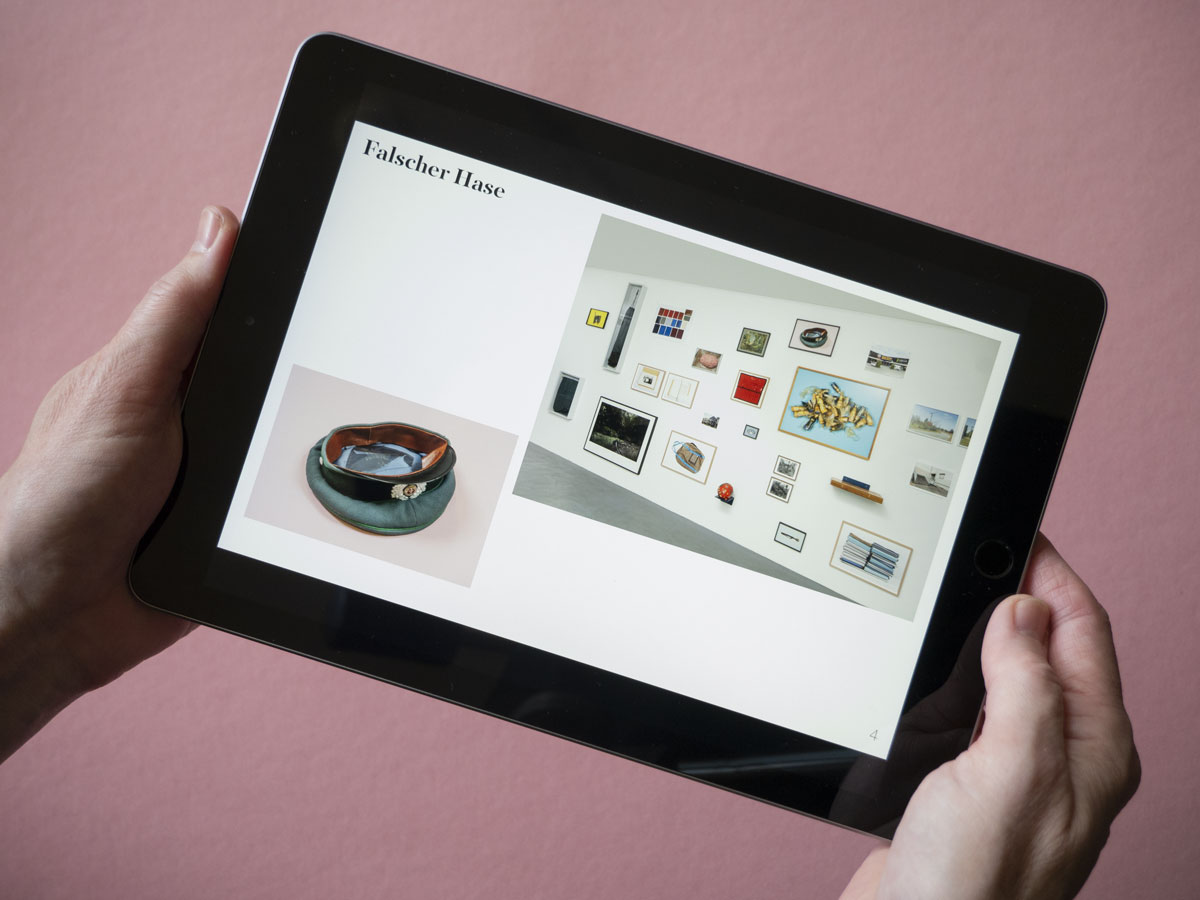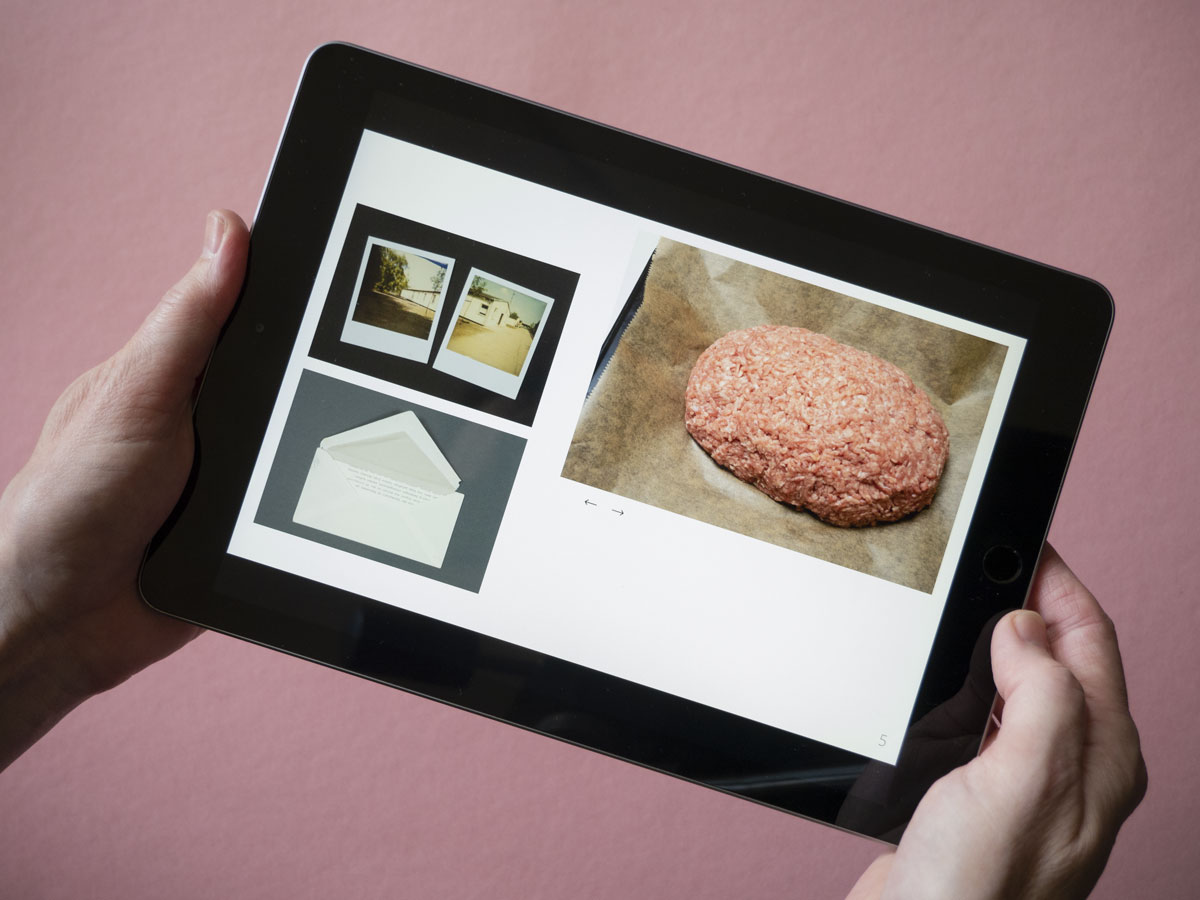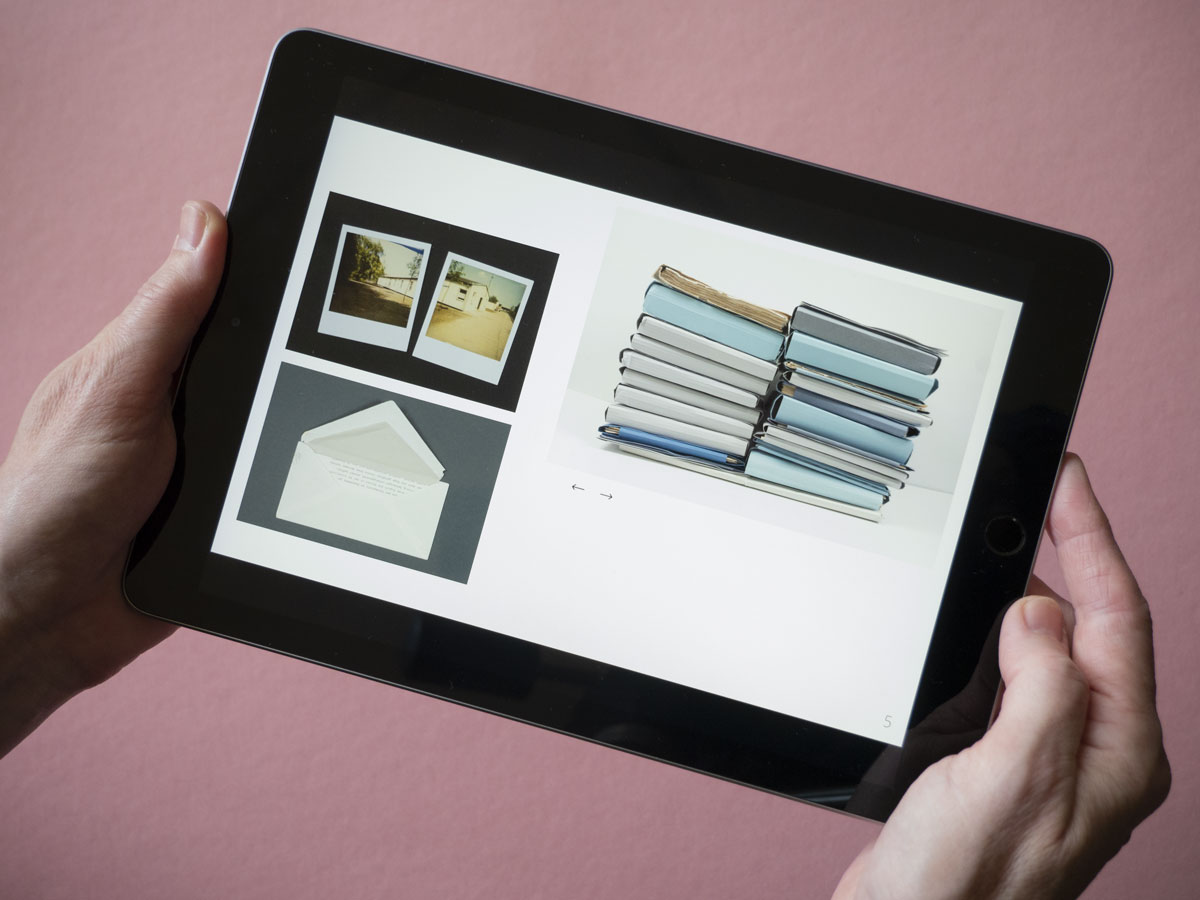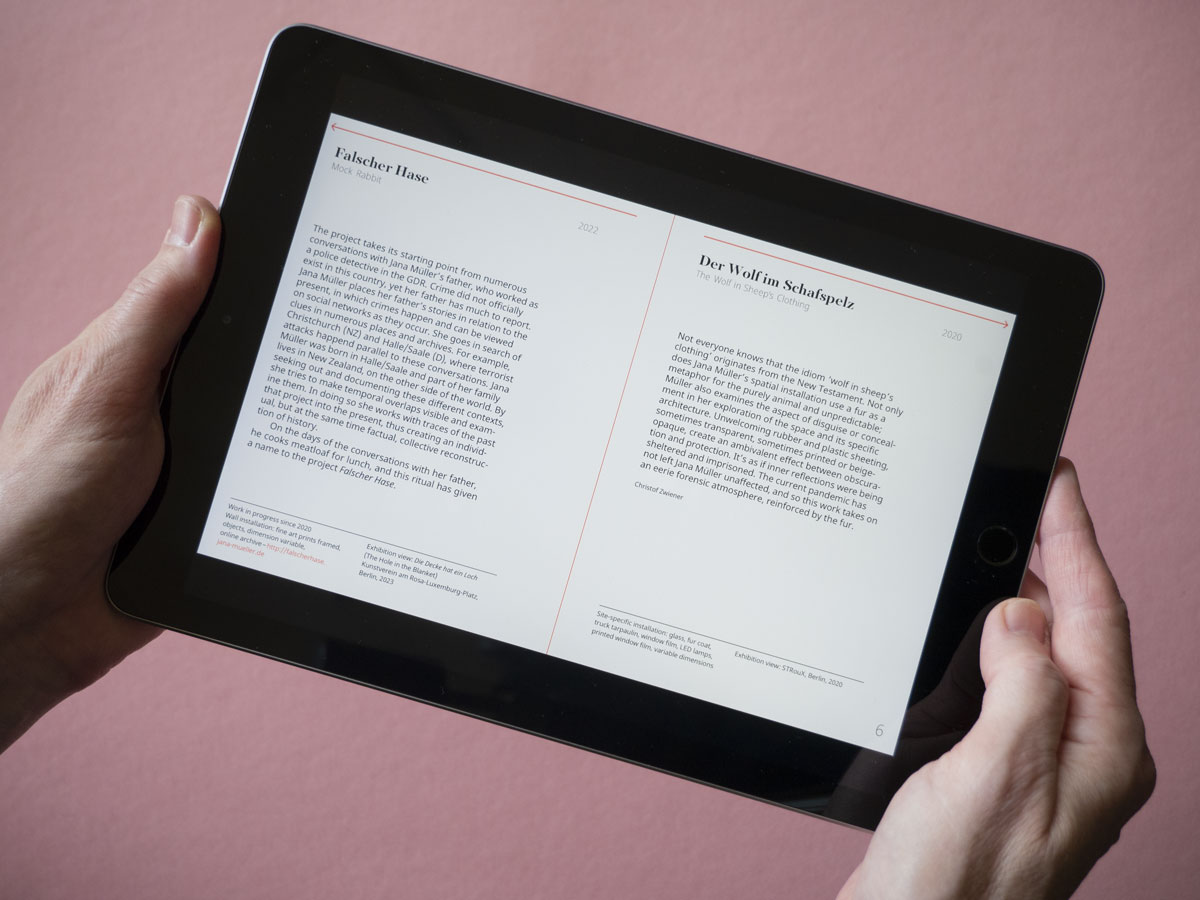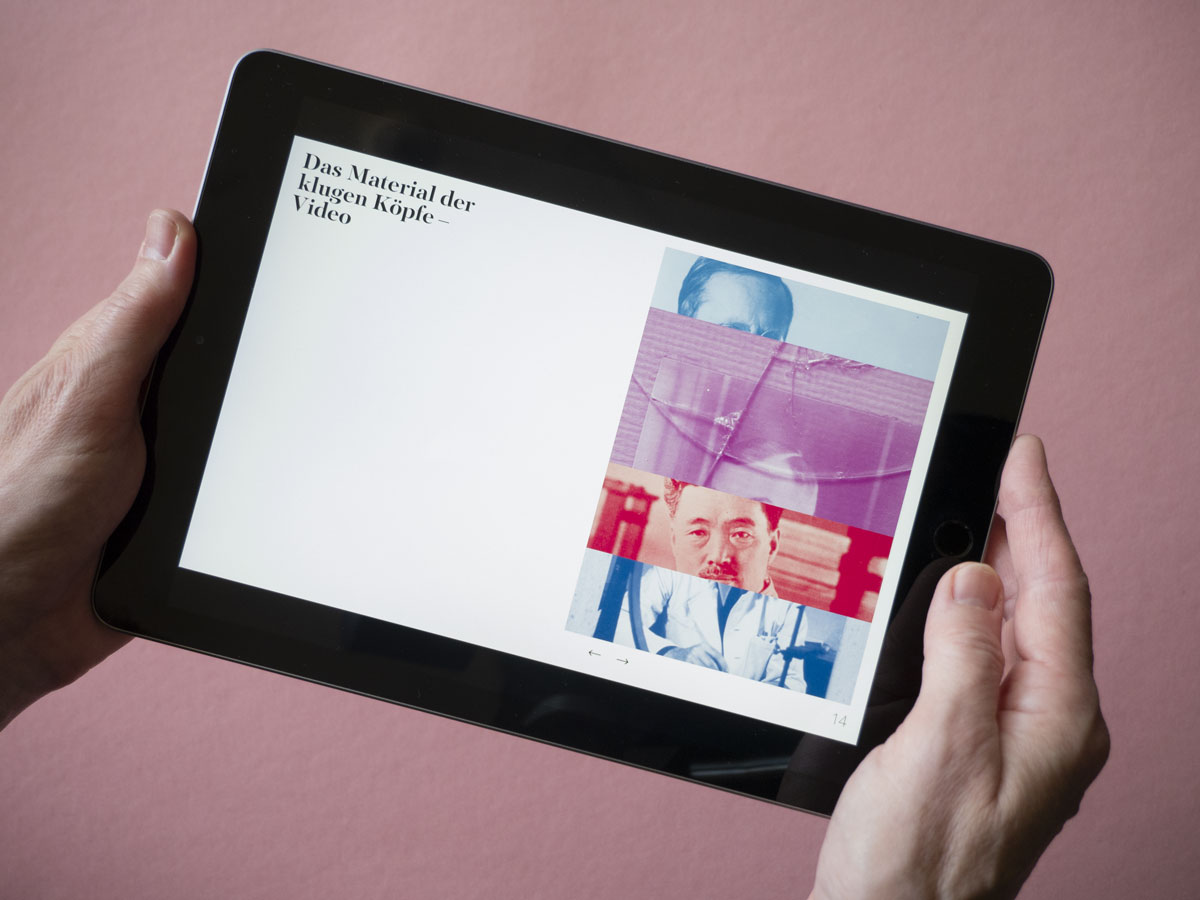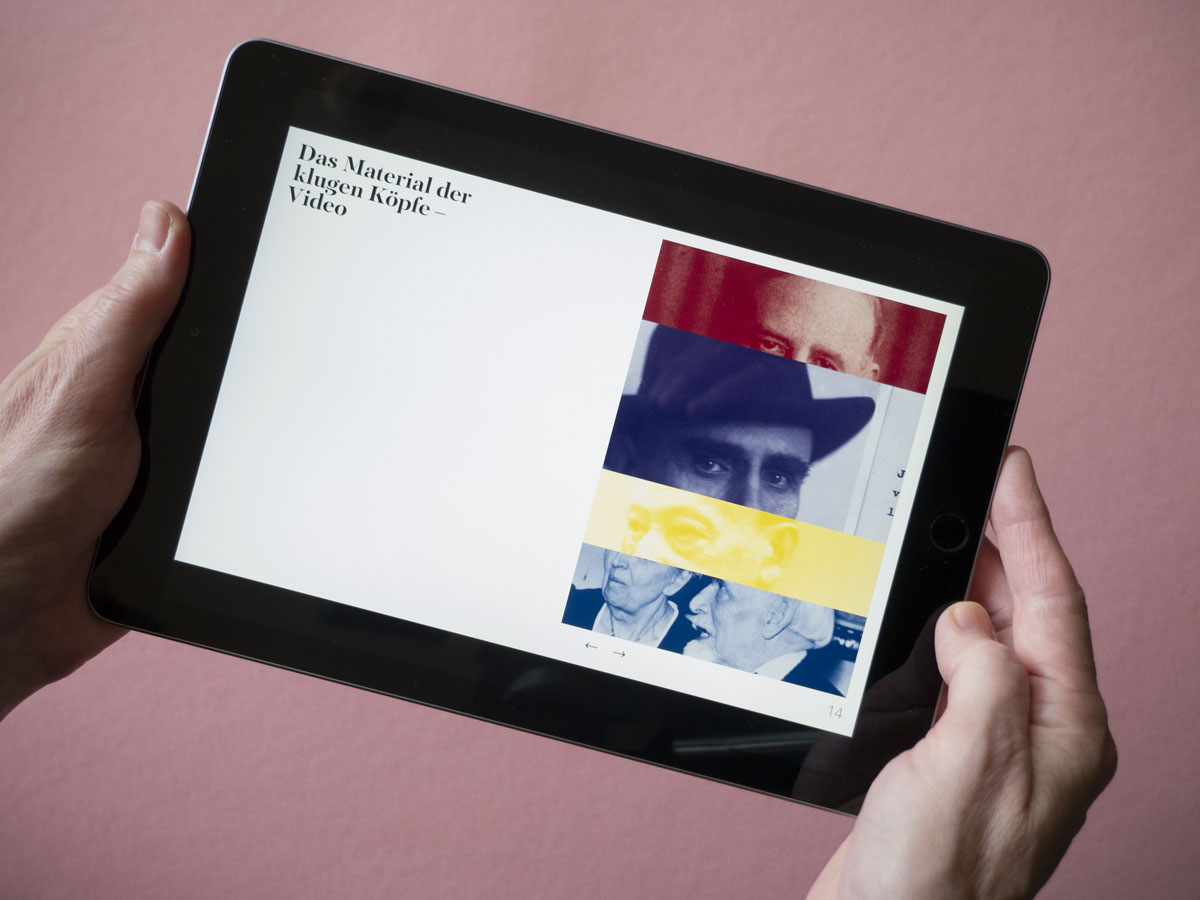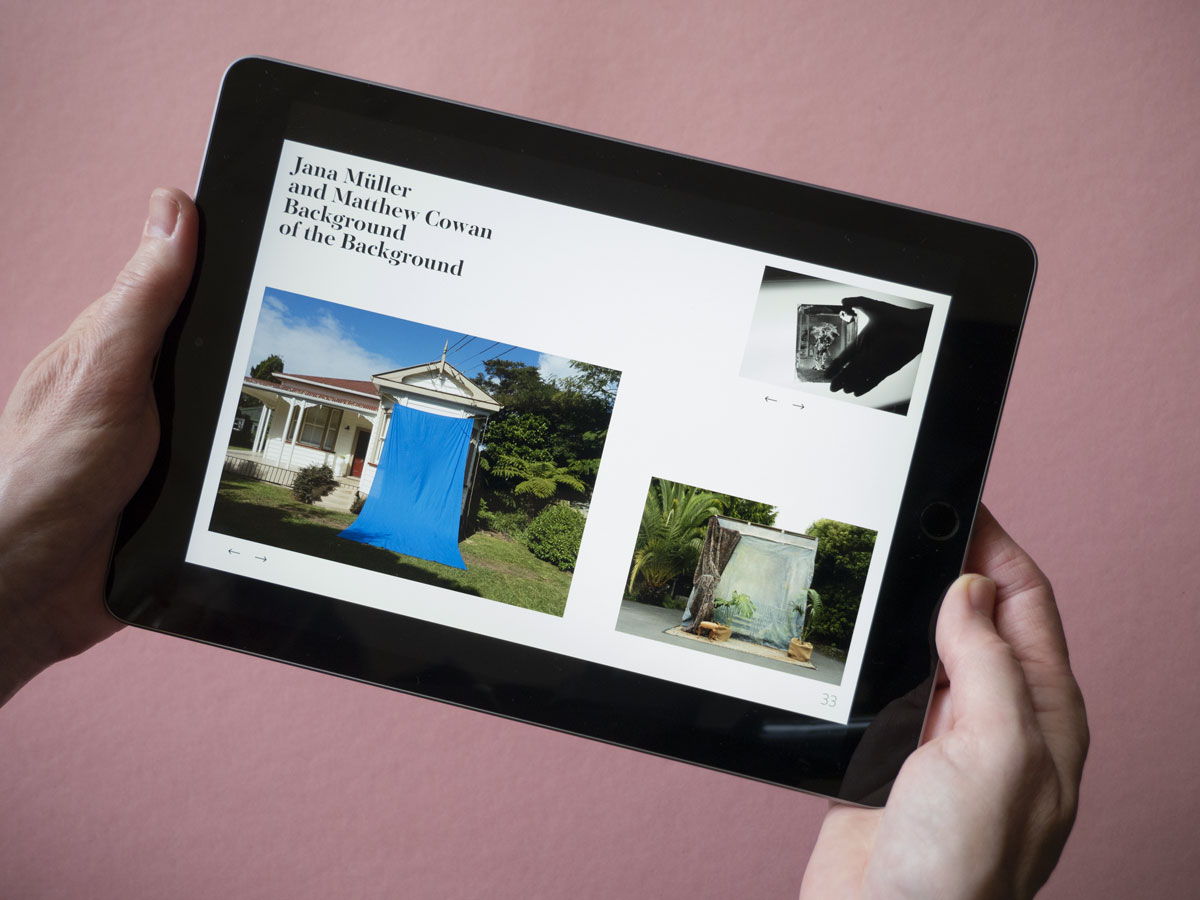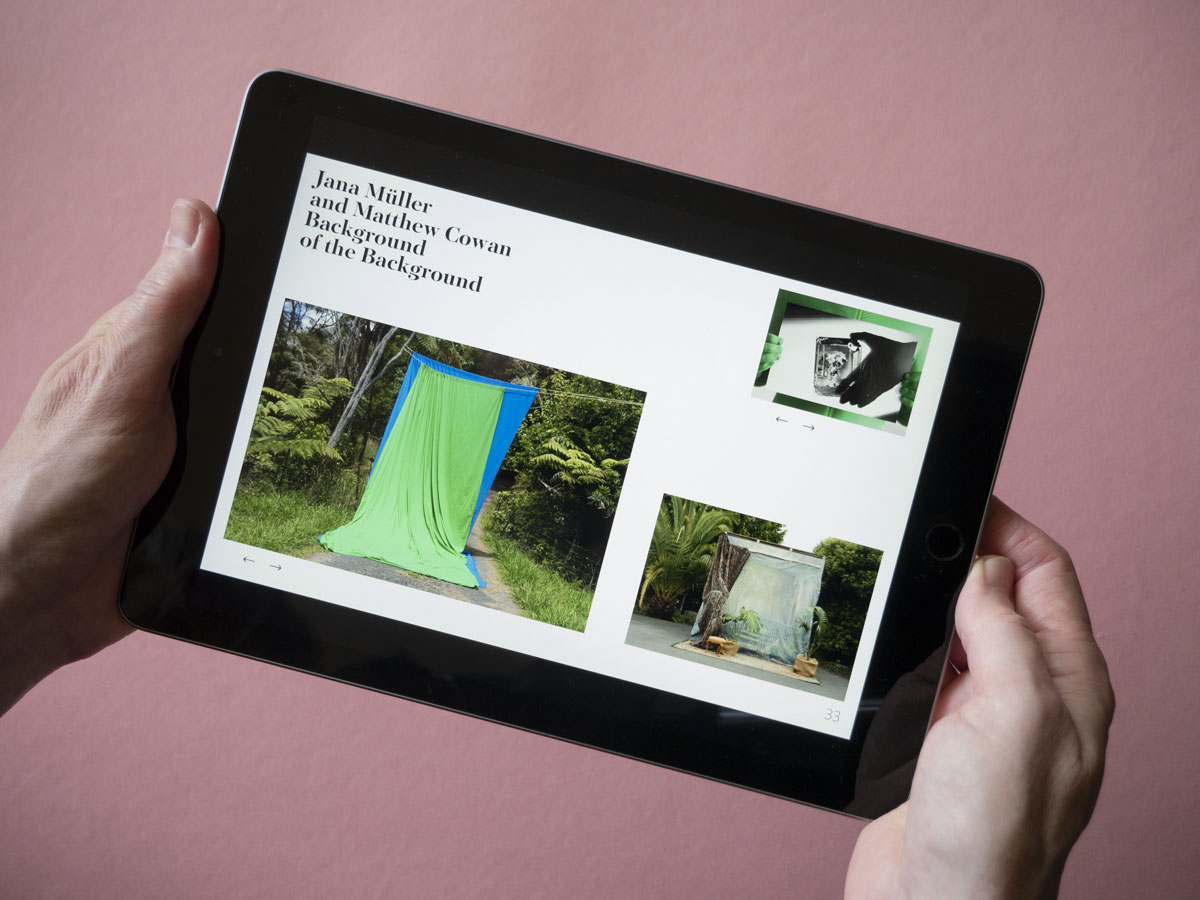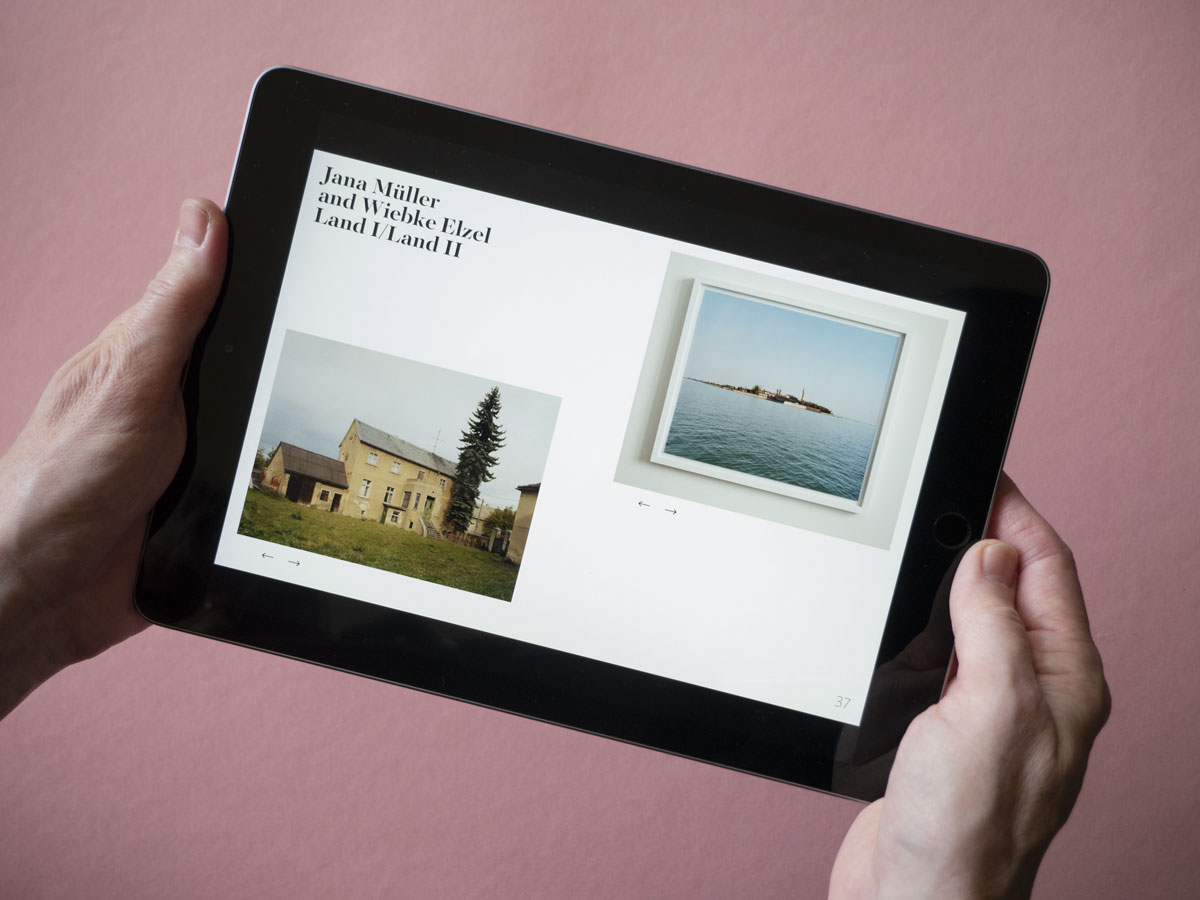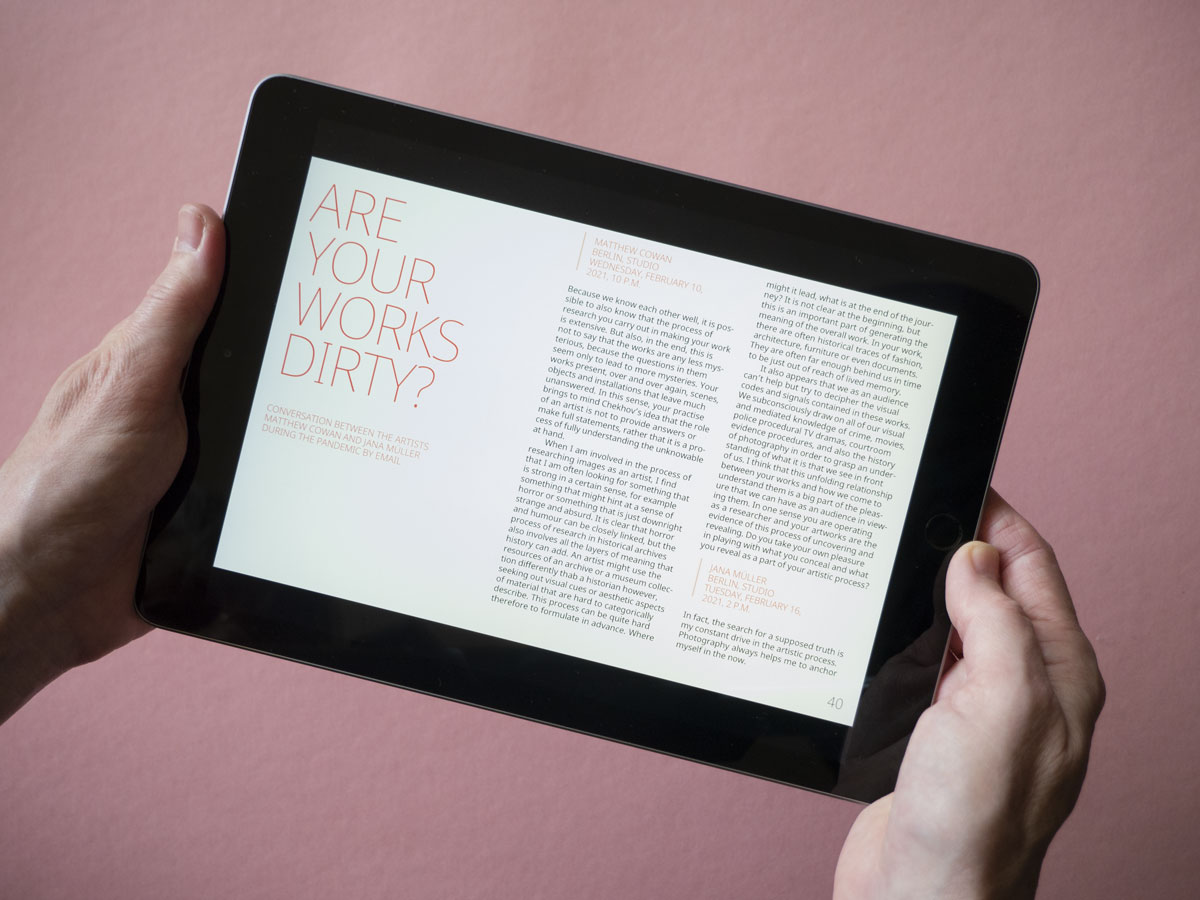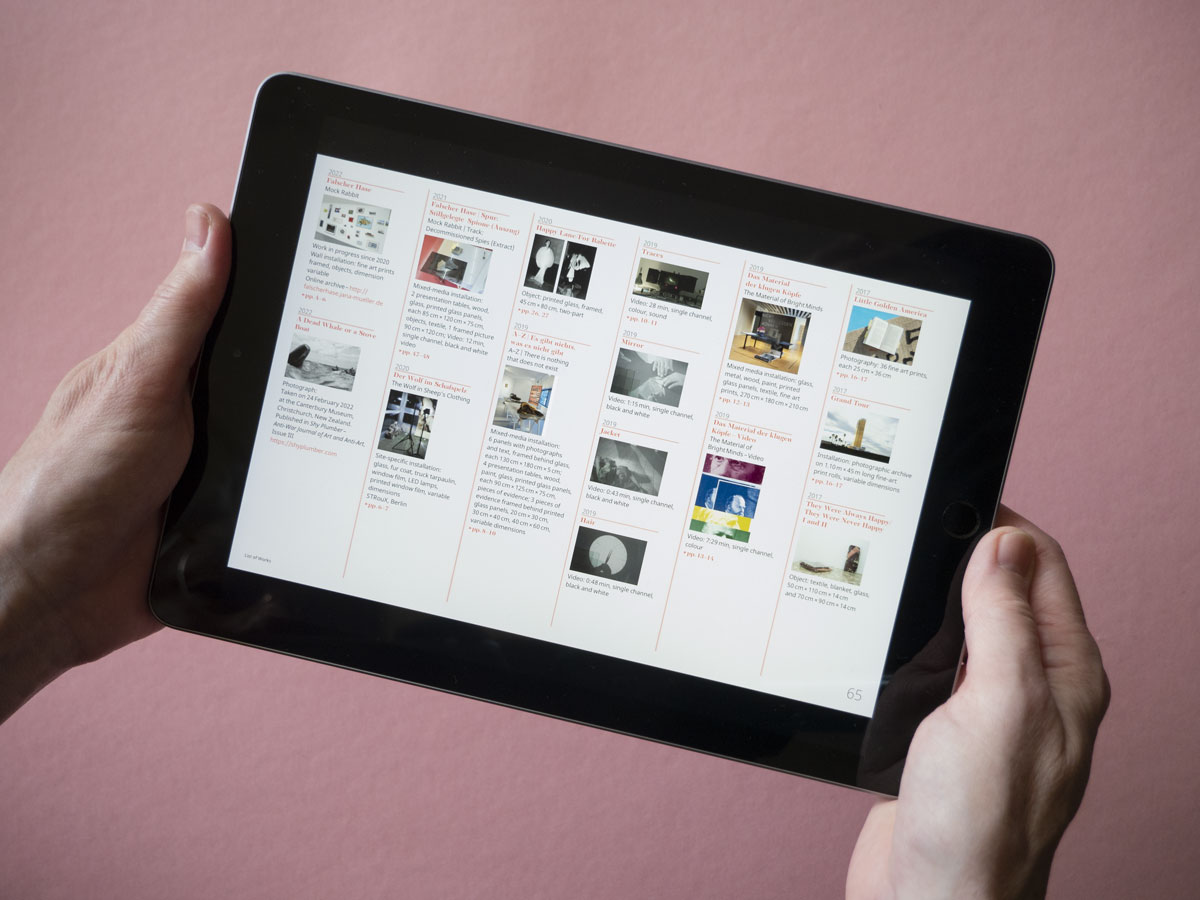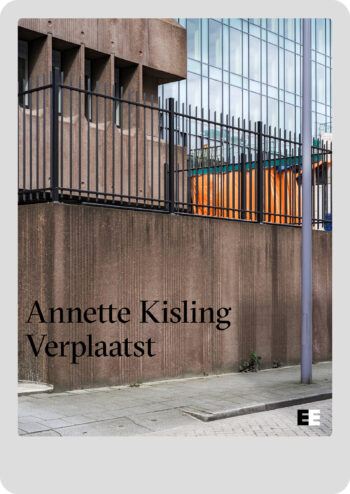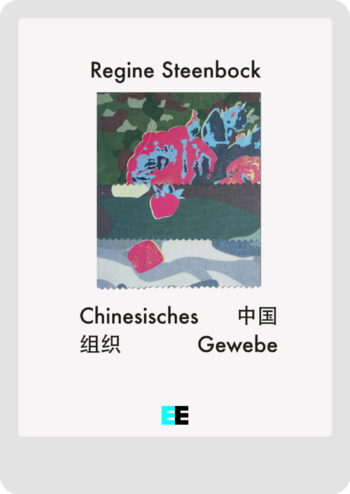Cold Lens as a Filter
Die Publikation versammelt Jana Müllers Arbeiten der letzten 20 Jahre und macht die Vielschichtigkeit ihrer künstlerischen Recherche in verschiedenen medialen Ebenen erfahrbar
14,99 €
Diese Publikation ist eine Spurensuche der bildenden Künstlerin Jana Müller, die die materiellen Dimensionen der Fotografie in raumgreifenden Mixed-Media-Installationen erforscht. Cold Lens as a Filter vereint Müllers Werke von 2001 bis 2023 und macht die Komplexität ihrer künstlerischen Recherchen in verschiedenen medialen Ebenen sicht- und erfahrbar.
In der Mailkorrespondenz mit dem neuseeländischen Künstler Matthew Cowan, die während der Corona-Pandemie stattfand, gibt die Künstlerin Einblicke in ihre fotografischen Arbeitsmethoden. Sie skizziert eine Praxis, die Fotografie als kommunikatives und dokumentarisches Medium mit Prozessen des Archivierens und dessen künstlerischer Übersetzung verbindet.
Jana Müller dokumentiert unter anderem Beweismittel in den Asservatenkammern deutscher Städte, stellt die polizeiliche Durchsuchung ihres Elternhauses 13 Jahre nach dem eigentlichen Ereignis im Jahr 1990 nach und setzt sich künstlerisch mit einem Spielplatz vor dem Hintergrund seiner besonderen Geschichte auseinander. Die Verwendung von Glas als Arbeitsmaterial ist für sie sowohl funktional als auch konzeptionell ein wichtiger Filter für historische Ästhetiken, temporäre Architekturen und das Abwesende als Information. Im Rahmen dieser künstlerischen Vorgehensweisen ist Müllers fotografische Praxis eine Bestandsaufnahme realer und fiktiver Ereignisse, die sich mit dem rechtlichen und künstlerischen Wahrheitsanspruch von Objekten beschäftigt.
Jana Müller
Jana Müller born 1977 in Halle/Saale, Germany is an artist, researcher, curator and lecturer based in Berlin. Her artistic research is a search for traces that deal with socially important issues, reflecting and applying the medium of photography in its material dimensions.
Her artistic works are exhibited internationally in a wide variety of contexts and she has received numerous renowned grants for her projects. In recent years, she has taught at the Kunsthochschule Mainz and at the Universität der Künste Berlin. jana-mueller.de
Text: Britt Baumann, Matthew Cowan, Florian Ebner, Lilian Engelmann, Nadia Ismail, Jana Müller, Veronika Olbrich, Susanne Prinz, Marion Scharmann, Vanja Sisek, Kurt Wettengl, Christof Zwiener
Bilder: Jana Müller, Matthew Cowan, Wiebke Elzel
Korrektorat: Christine Kriegerowski
Übersetzung: Matthew Cowan, Michael Turnbull
Design: Daniela Weirich
Englisch
71 Seiten, 273 Bilder, 3 Videos (37 min)
fixed epub (350 MB)
Mai 2023
ISBN 978-3-947295-83-8
14,99 Euro
Das könnte dir auch gefallen …
-
Chinesisches Gewebe – Chinese Weave
19,99 € – 50,00 €Ein visueller Essay zu chinesischer Mode und Textilindustrie und den Menschen, die sie tragen. Mit einem Vorwort von Barbara Vinken

